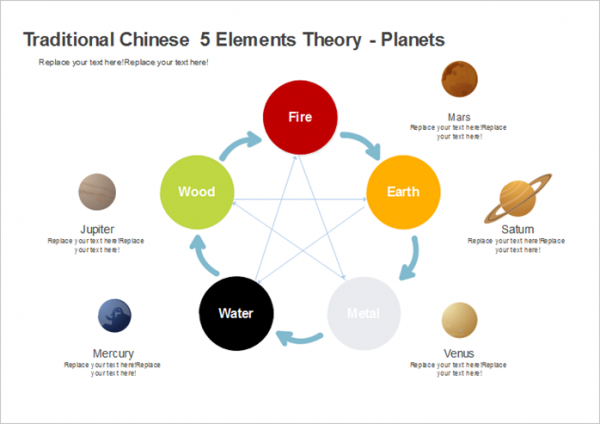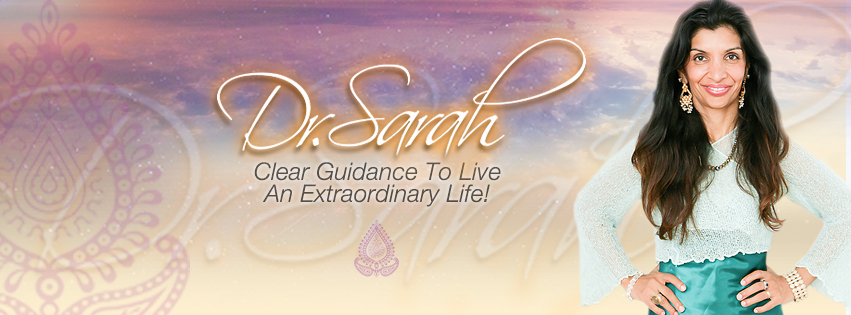

The Five Elements
The Five Elements is mirrored in ancient yogic philosophy and is found in traditions such as Hinduism and Ayurveda
This theory has been used as a tool in traditional Chinese medicine for more than 2,000 years to diagnose and treat illness. It is still used today by acupuncturists.
The Five Elements are each associated with different body parts, qualities and characteristics. These are:
- Wood – the liver, gall bladder, eyes and tendons. Associated with anger and the color green.
- Fire – the heart, tongue and the pulse. Associated with joy and the color red.
- Earth – the spleen, stomach, mouth and muscles. Associated with pensiveness and the color yellow.
- Metal – the lungs, nose and skin. Associated with sadness and the color white.
- Water – the kidneys, ears and bones. Associated with fear and the color black.
Some consider The Five Elements to be metaphors for the interactions and relationships we perceive around us, rather than describing the exact scientific composition of the material world. It is said that everything in the universe is made up of a unique combination of these five elements, including people, organizations, plants, music and art. Examining life from the perspective of The Five Elements can lead to greater insight and understanding.
Resources: https://www.yogapedia.com/definition/5816/the-five-elements

